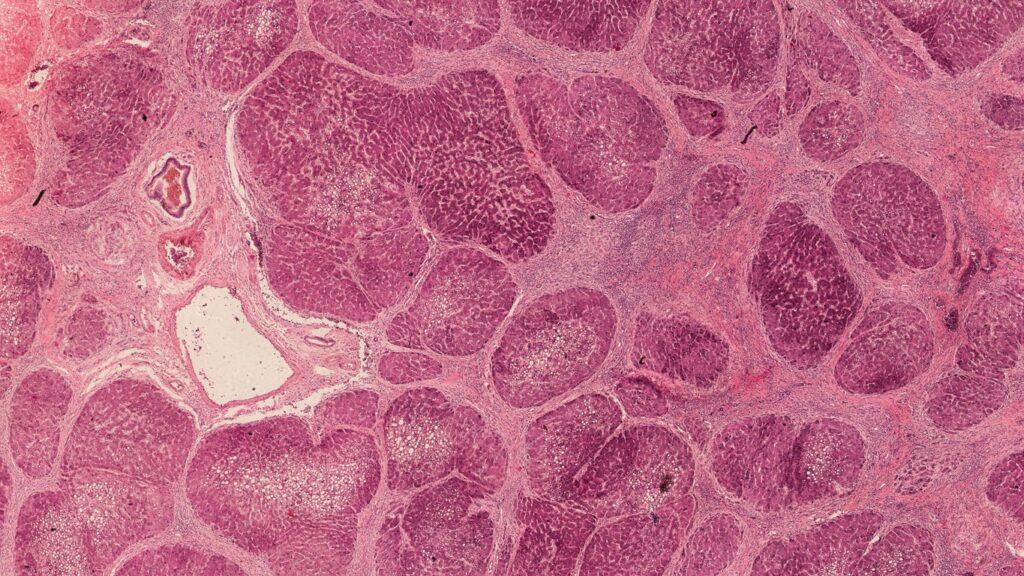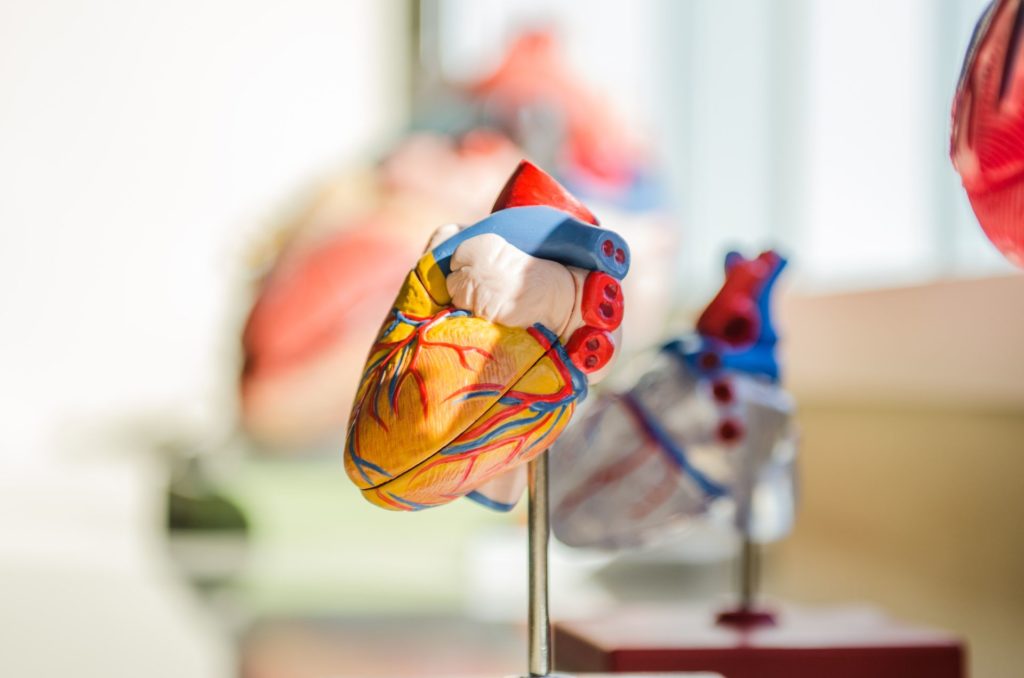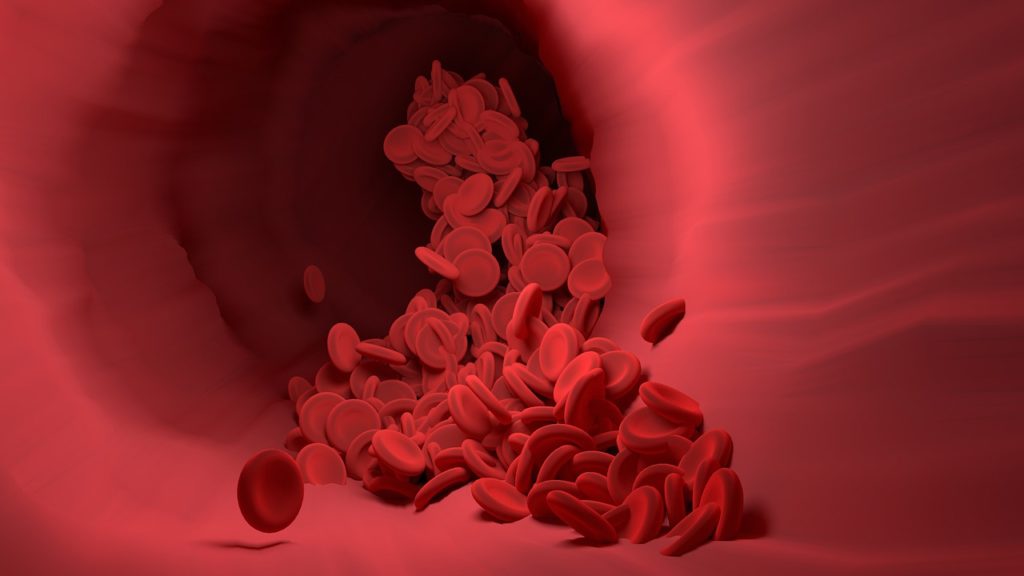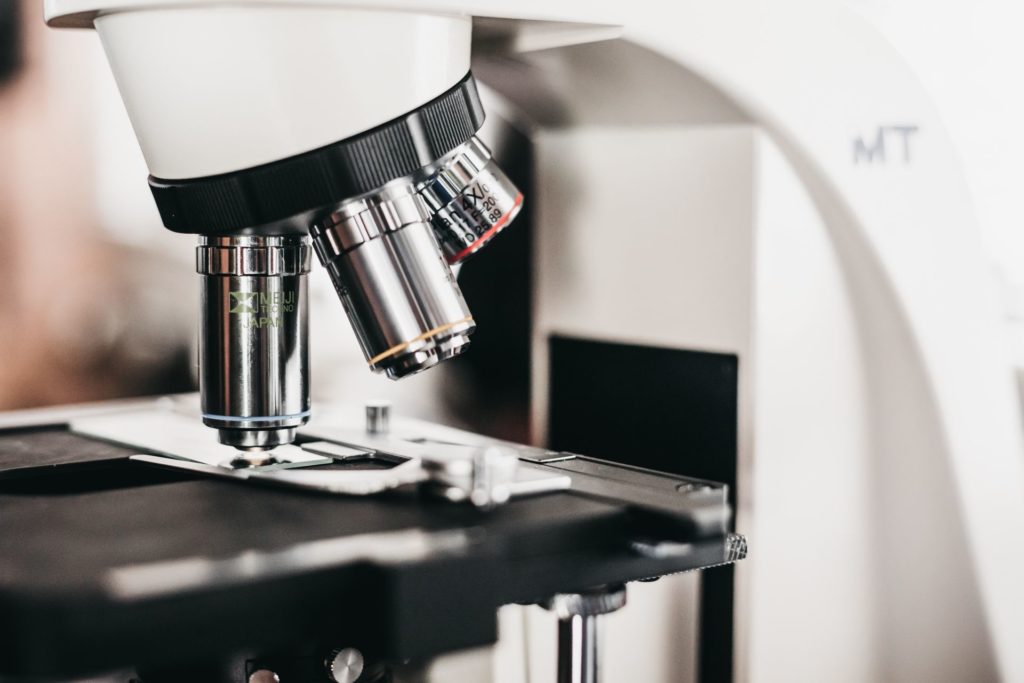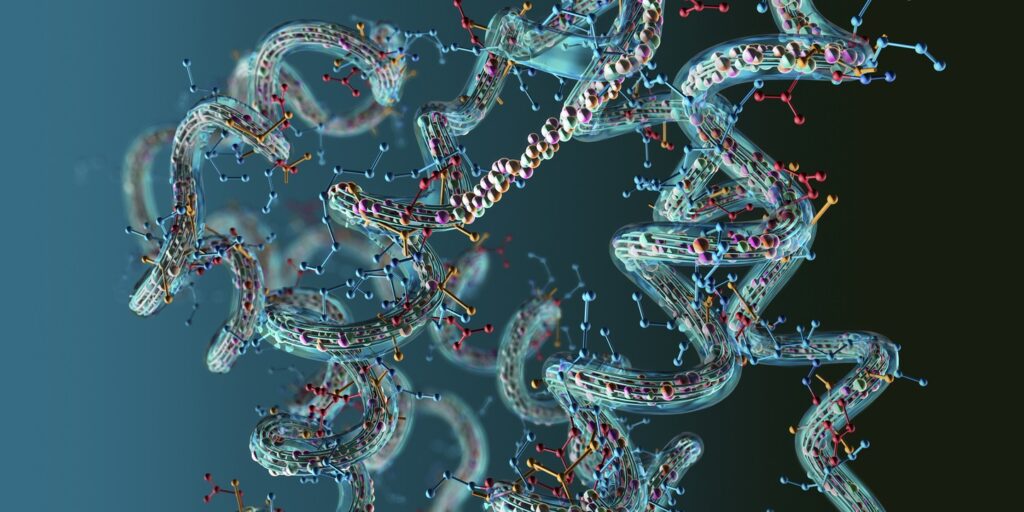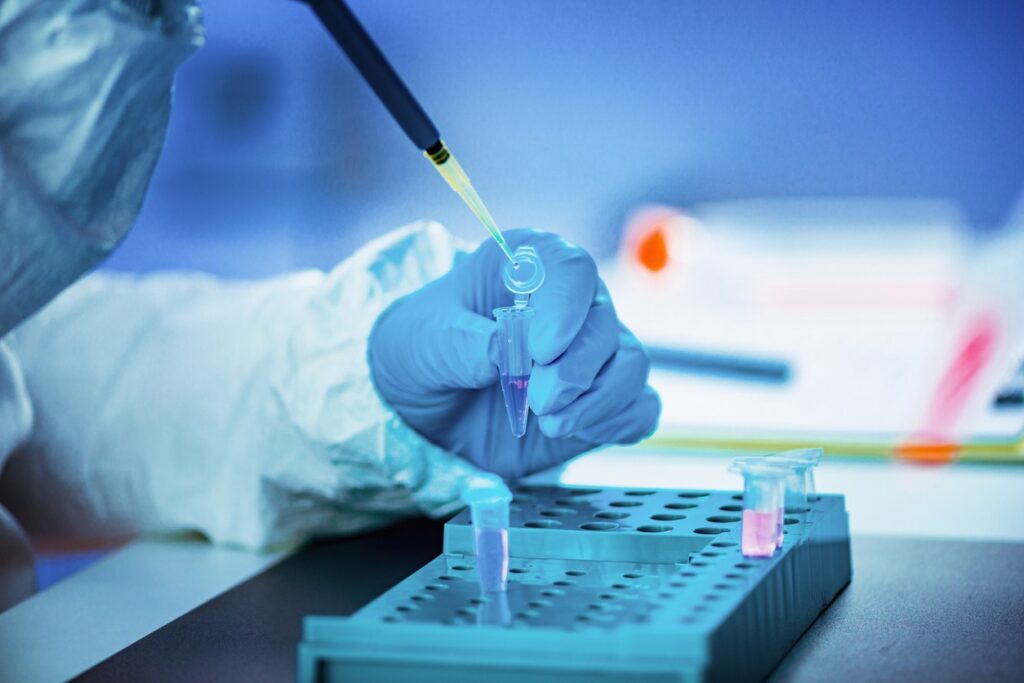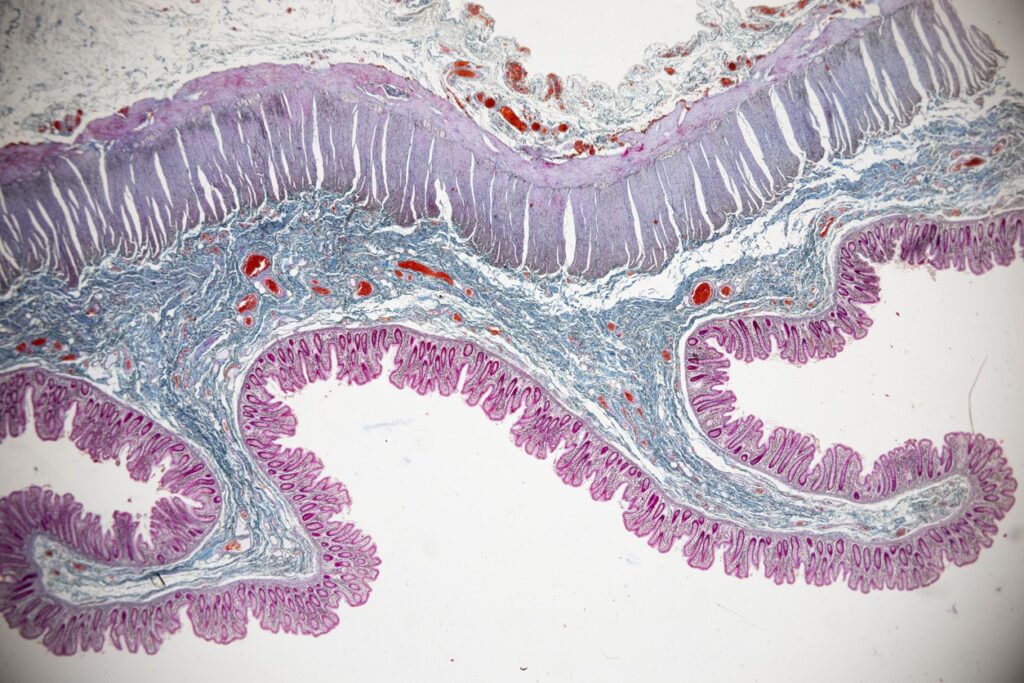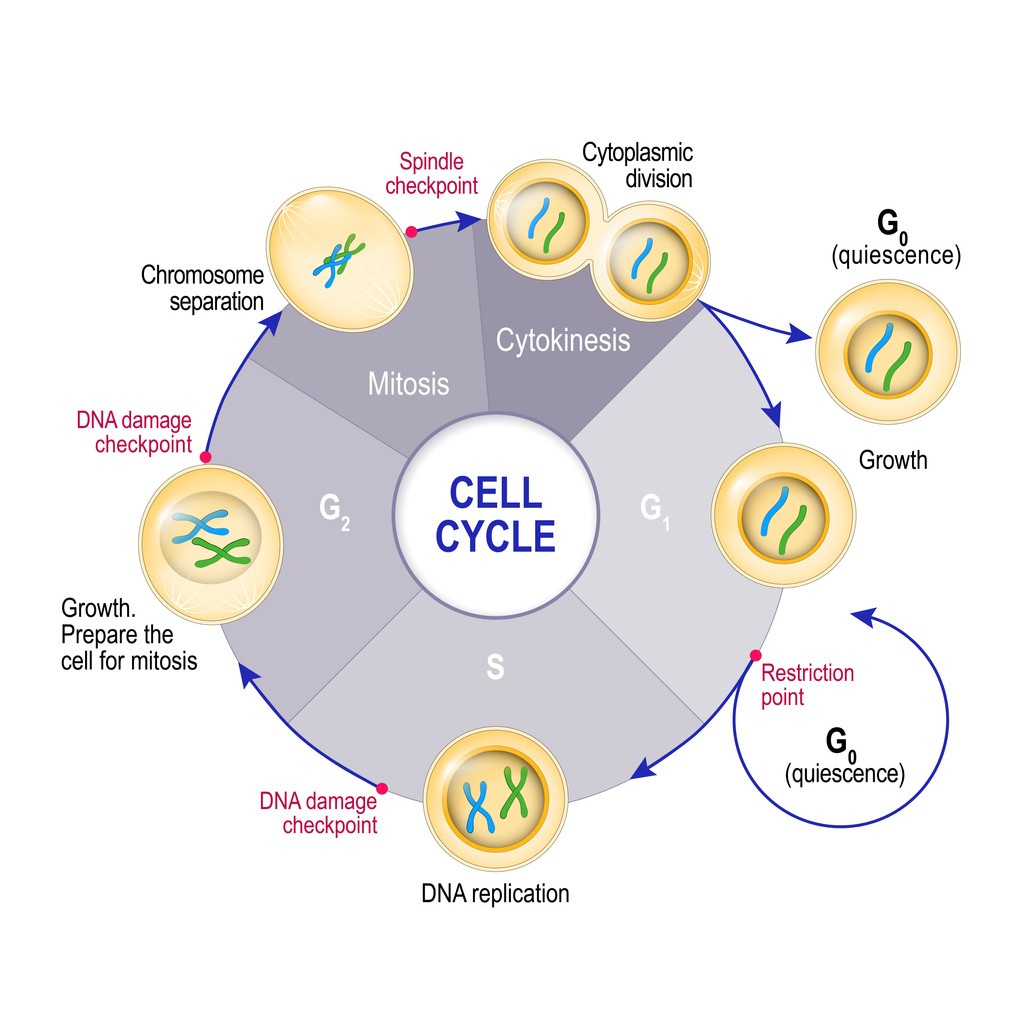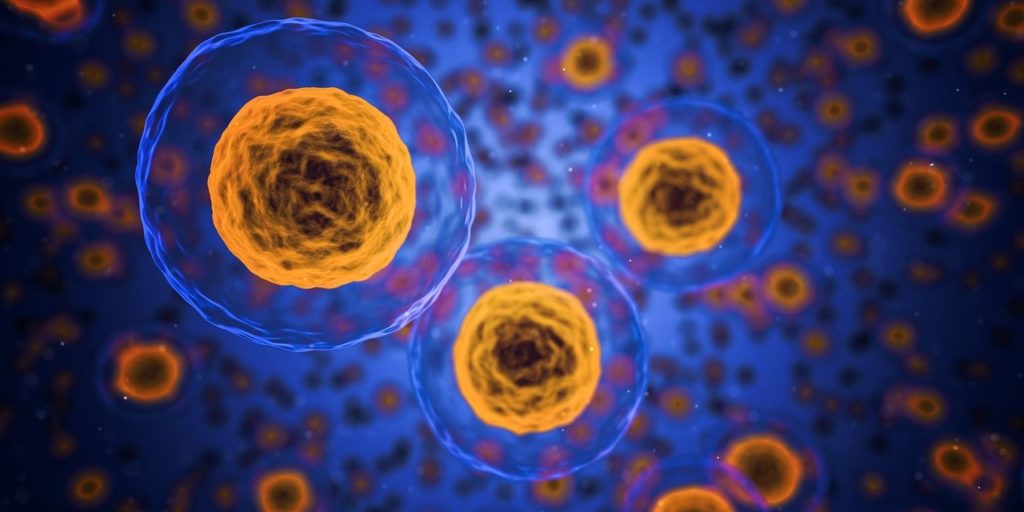Peptide Blog
All articles and shared info are for educational purposes only.
Latest Peptide Articles
The Antifibrotic Potential of B7-33 Peptide
B7-33 is a single-chain peptide derived from a naturally occurring compound known as H2-Relaxin. Relaxin proteins, including Relaxin, Insulin-like peptide 3, h2-relaxin, and insulin-like peptide 5, are suggested to form a family of four proteins with pleiotropic actions affecting the cardiovascular, musculoskeletal, and reproduction systems. These actions may be mediated through four types of receptors,...
Humanin and Cardiovascular Research
Humanin is a micro-peptide featuring a three-turn alpha-helix and an asymmetrical structure. The number of amino acids in the peptide chain is suggested to depend on the peptide site, with 21 amino acids produced in mitochondria and 24 amino acids made in the cell’s cytosol. Mitochondria are considered to play complex roles in energy production,...
ARA-290 Peptide Research in Immune Modulation and Neurotherapy
ARA-290 is a peptide derivative from Erythropoietin (EPO). Erythropoietin, assumed to be the primary hormone responsible for erythropoiesis, may be involved in various physiological processes, including angiogenesis, cell survival, blood pressure regulation, and potential neuroprotection in diabetic neuropathy. <a href="https://biotechpeptides.com/product/ara-290-16mg/" title="Buy ARA-290 - 16mg"><strong>ARA-290</strong></a> peptide is of interest to researchers due to its speculated selective...
Research into Kisspeptin-10 and Hormone Production
Kisspeptin-10 is be derived from the Kiss-1 gene, which is transcribed into the kiss-1 protein before it is transformed into Kisspeptin-10. It is suggested to be mainly synthesized by two clusters of neuronal cell bodies located in the hypothalamus and produced by neurons in the arcuate nucleus in the brain. These may be involved in...
What Are Peptides?
Both peptides and proteins are composed of long-chain, co-linked amino acids called polymers (hence the name of peptide bonds). The only thing that distinguishes them from proteins is their size. There is no absolute cutoff, but they are much smaller because they are fewer amino acids than proteins. Amino acid chains longer than 50 residues...
Tesamorelin Peptide: Weight Loss and Research in HIV
Tesamorelin is a peptide that researchers suggest holds importance in addressing cardiovascular disease in research models of HIV. Findings from studies propose that Tesamorelin peptide may be associated with a reduction in excess fat cell accumulation in models of HIV and lipodystrophy. What is Tesamorelin Peptide? Tesamorelin peptide, also known as (TH9507), is a...
MGF vs. PEG-MGF: Research in Muscle Regeneration
MGF (Mechano Growth Factor) Mechano growth factor (MGF) is a synthetically produced peptide that researchers suggest may be an alternative splicing variant of insulin-like growth factor 1 (IGF – 1). First described in skeletal muscles, it appears to function as a local tissue repair factor, responding to changes in physiological conditions or environmental stimuli that...
Epithalon: Overview of Anti-Aging Experiments
The science of bioaging is still considered a relatively unexplored territory, with research in biogerontology becoming a focal point in the exploration of anti-cell aging discovery. To study the effects of a substance that potentially impacts the aging cycle of a cell, Prof. Vladimir Khavinson conducted several methodical research studies on murine models, and developed...
Differences of BPC-157 and TB-500 in Tissue Repair
Peptides are short stretches of amino acids and can be either sourced from naturally prevalent proteins or synthesized. The amino acid sequences are chosen in a way that they may retain the biological function of their full-length protein counterparts and mimic their biological functions. They are said to play diverse roles from hormones, catalysts, and...

